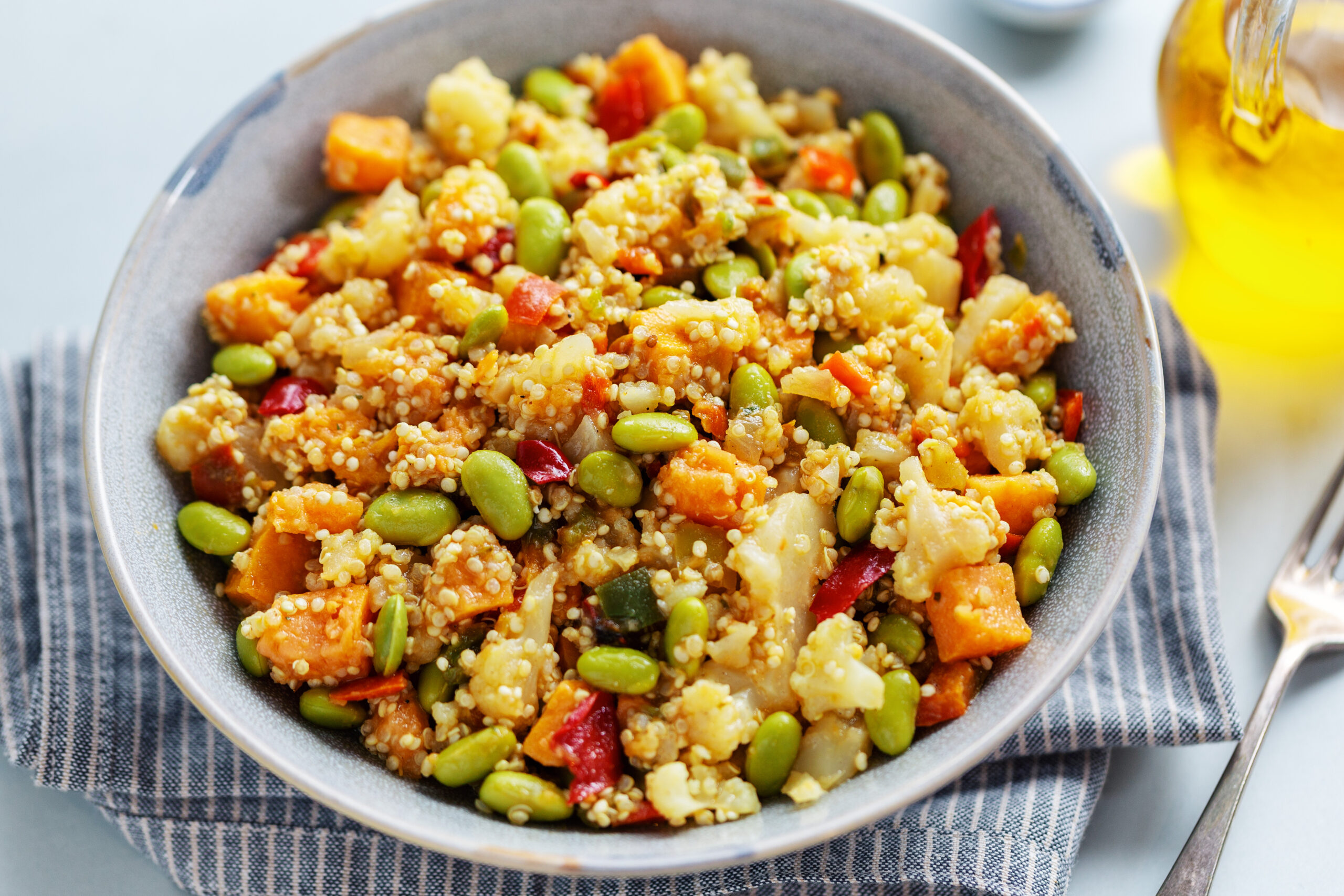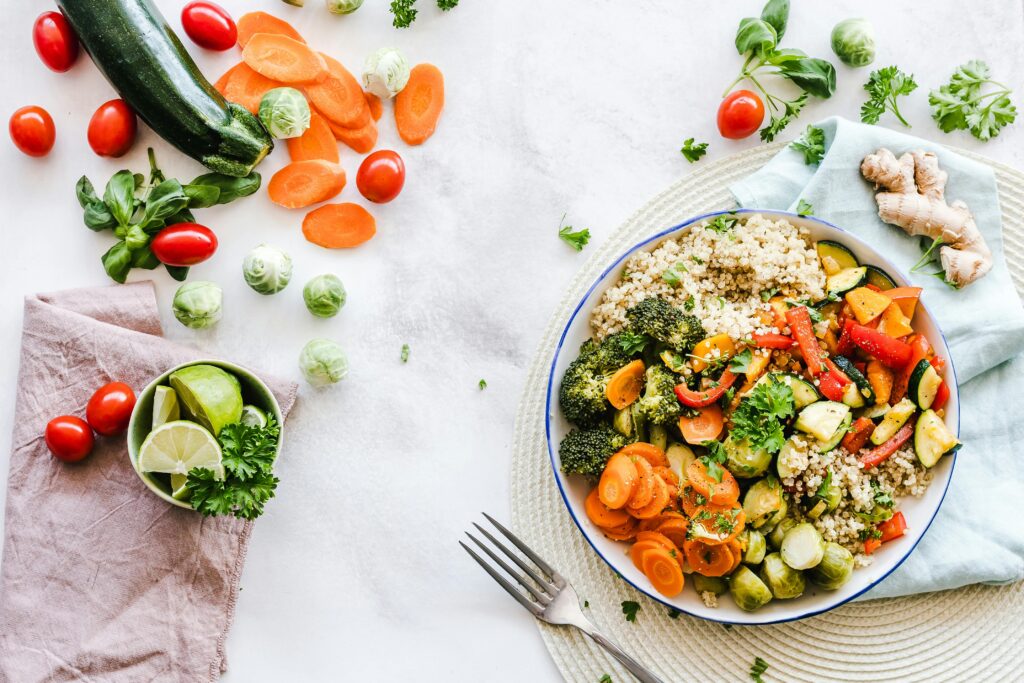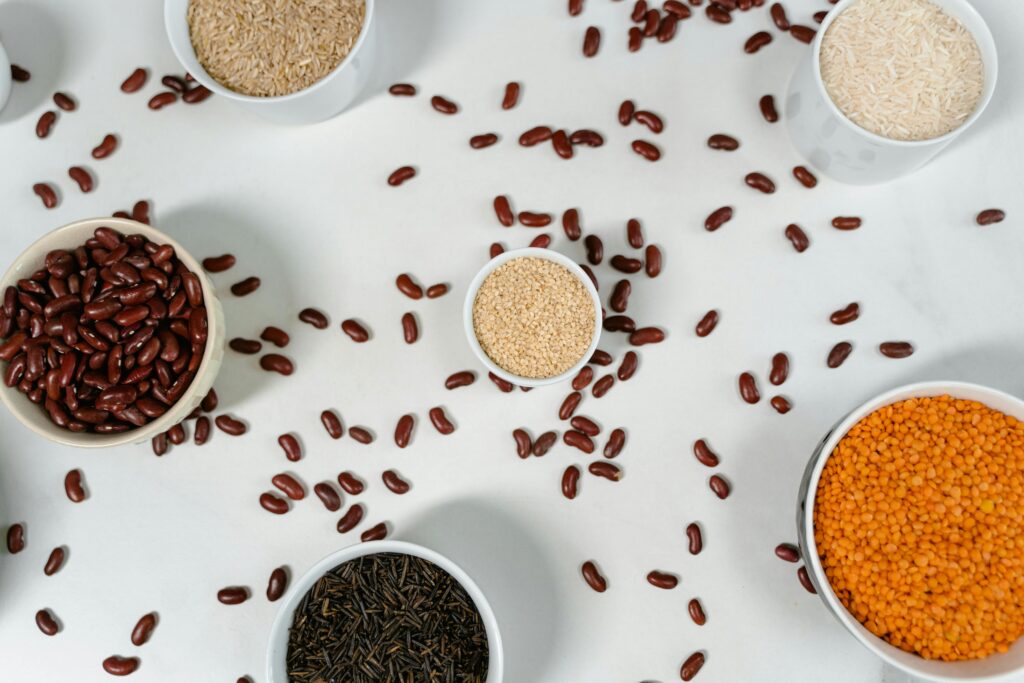- HUMOR
Best Sleep Memes to Laugh Through Your Exhaustion


Quinoa has emerged as a versatile and nutritious staple in many kitchens, offering a quick and healthy alternative to grains like rice or couscous. Learning how to cook quinoa stovetop is a valuable skill for home cooks looking to create delicious and budget-friendly meals. This guide will walk you through the essential techniques, from selecting the right type of quinoa to achieving the perfect fluffy texture. Let’s dive into the world of quinoa and discover how to make it a delightful part of your culinary repertoire.

Cooking quinoa on the stove is a straightforward process that requires minimal ingredients and equipment. Here’s how you can achieve perfectly cooked quinoa every time:
Place the quinoa in a fine mesh strainer and rinse under cold water for about 30 seconds. This step removes the natural coating called saponin, which can impart a bitter taste to the cooked quinoa.
In a medium saucepan, combine the rinsed quinoa with water or broth and a pinch of salt. Bring the mixture to a boil over medium-high heat, then reduce the heat to low, cover, and simmer for about 15 minutes or until the water is absorbed.
Remove the saucepan from heat and let it sit, covered, for 5 minutes. This resting period allows the quinoa to absorb any remaining moisture and results in a fluffier texture.
Use a fork to fluff the quinoa gently before serving. Enjoy it as a side dish, or incorporate it into your favorite recipes.
Achieving fluffy quinoa is all about technique. Here are some tips to ensure your quinoa turns out light and tender:
Rinsing quinoa is crucial for removing the saponin coating. This not only improves the flavor but also enhances the texture of the cooked quinoa.
Using the correct water-to-quinoa ratio is key. Generally, a 2:1 ratio (two cups of water for every cup of quinoa) works well. Adjust accordingly if you prefer a firmer or softer texture.
Simmer the quinoa gently to prevent it from becoming mushy. Avoid stirring too often, as this can break the grains and affect the texture.
Quinoa can be a cost-effective ingredient when you know how to shop smartly. Here are some tips for keeping your quinoa dishes budget-friendly:
Purchasing quinoa in bulk from health food stores or online can significantly reduce costs. It also allows you to buy just the amount you need.
If you want to add flavor without the cost of store-bought broth, consider making your own vegetable or chicken stock at home. Alternatively, use water and enhance the flavor with herbs and spices.
Pair quinoa with seasonal produce to create hearty and affordable meals. Seasonal vegetables are often cheaper and more flavorful.
Having a few pantry staples on hand can help you whip up quinoa dishes in no time. Here are some quick shortcuts:
Mix cooked quinoa with canned beans or lentils for a protein-packed salad or side dish. This combination is both nutritious and satisfying.
Keep a variety of frozen vegetables in your freezer to add color and nutrients to your quinoa dishes without the need for chopping or prepping.
A dollop of pesto or a splash of your favorite sauce can transform plain quinoa into a flavorful meal. Experiment with different flavors to keep your meals interesting.

Quinoa comes in several varieties, each with its unique flavor and texture. Here’s how to cook different types of quinoa:
White quinoa is the most common variety and has a mild flavor and fluffy texture. It pairs well with a wide range of dishes.
Red quinoa has a slightly nuttier flavor and a firmer texture, making it ideal for salads and dishes where a bit of crunch is desired.
Black quinoa is the most flavorful and has an earthy taste with a slightly crunchy texture. It works well in hearty salads and as a base for grain bowls.
Even experienced cooks can make mistakes when cooking quinoa. Here are some common errors and how to avoid them:
Excess water can make quinoa mushy. Stick to the recommended 2:1 water-to-quinoa ratio for the best results.
Failing to rinse quinoa can result in a bitter taste. Always rinse thoroughly to remove the saponin coating.
Overcooked quinoa becomes mushy and loses its fluffy texture. Keep an eye on the cooking time and remove from heat once the liquid is absorbed.
Proper storage is essential to maintain the freshness and quality of cooked quinoa. Here’s how to store it effectively:
Store cooked quinoa in an airtight container and refrigerate for up to five days. Ensure it’s completely cooled before sealing to prevent condensation.
For longer storage, freeze cooked quinoa in portioned containers or freezer bags for up to three months. Thaw overnight in the refrigerator before reheating.
Reheating quinoa properly can help retain its texture and flavor. Follow these tips for the best results:
Place the quinoa in a microwave-safe dish and sprinkle with a little water. Cover loosely and heat on medium power for 1-2 minutes, stirring halfway through.
Reheat quinoa on the stove by adding a splash of water or broth to a saucepan. Stir over low heat until warmed through.
Quinoa is a flexible ingredient that can be adapted to suit your pantry. Here are some substitution ideas:
If you’re out of quinoa, rice can be a suitable alternative in many recipes. Adjust cooking times and liquid ratios as needed.
Couscous can replace quinoa in salads and side dishes. It cooks quickly and has a similar texture.
For a low-carb option, use cauliflower rice instead of quinoa. It’s a great way to add more vegetables to your diet.
Quinoa salads are a delicious way to showcase this versatile grain. Here are some creative recipes to try:
Mix cooked quinoa with black beans, corn, diced bell peppers, and a lime vinaigrette for a zesty and protein-rich salad.
Combine quinoa with cherry tomatoes, cucumber, olives, feta cheese, and a lemon-olive oil dressing for a refreshing Mediterranean-inspired dish.
Substitute quinoa for bulgur in a traditional tabbouleh recipe. Add parsley, mint, tomatoes, and a lemon dressing for a fresh and vibrant salad.
With these tips and recipes, cooking quinoa stovetop becomes an easy and enjoyable task. Whether you’re preparing a simple side dish or a creative salad, quinoa offers endless culinary possibilities. Embrace its versatility and make it a staple in your kitchen today!